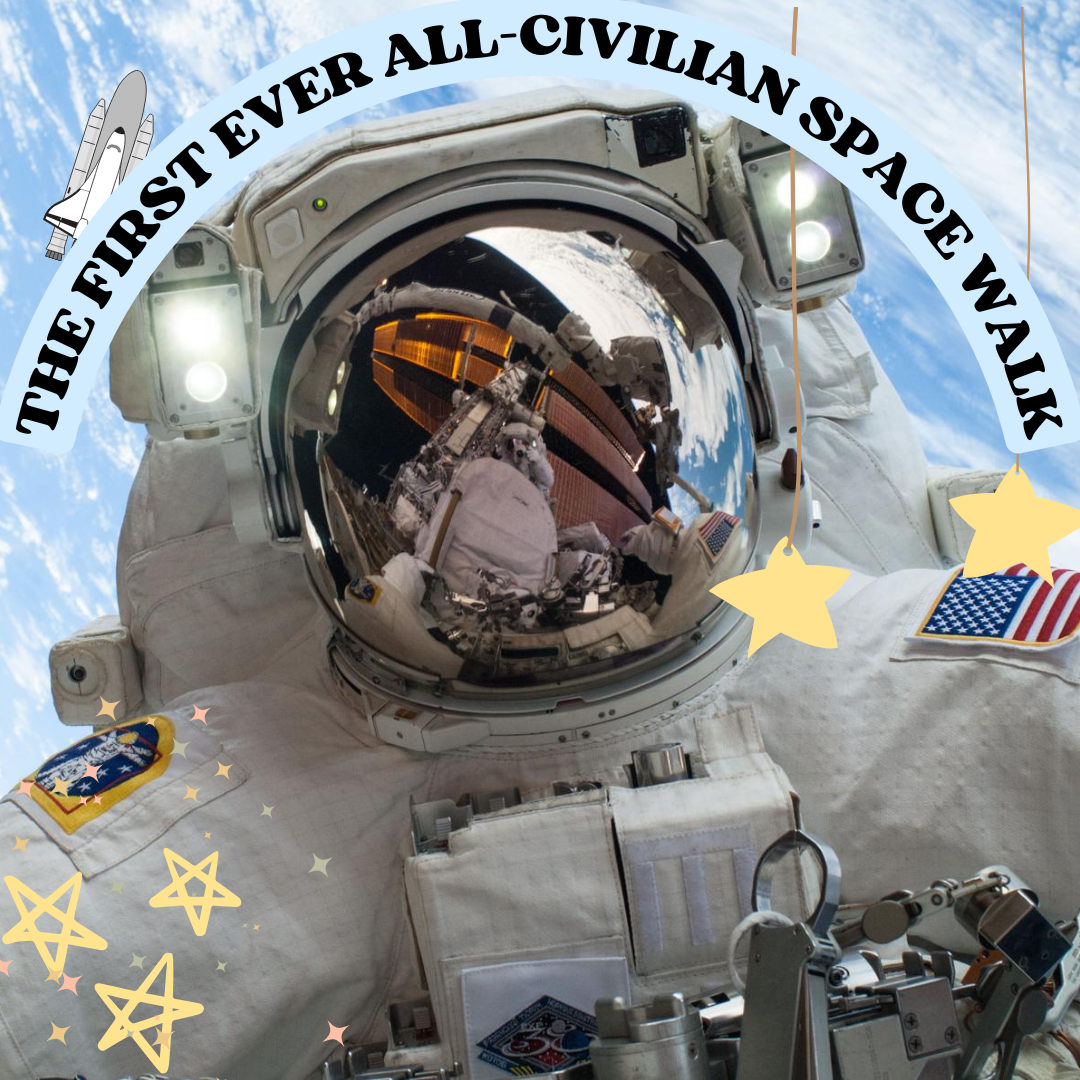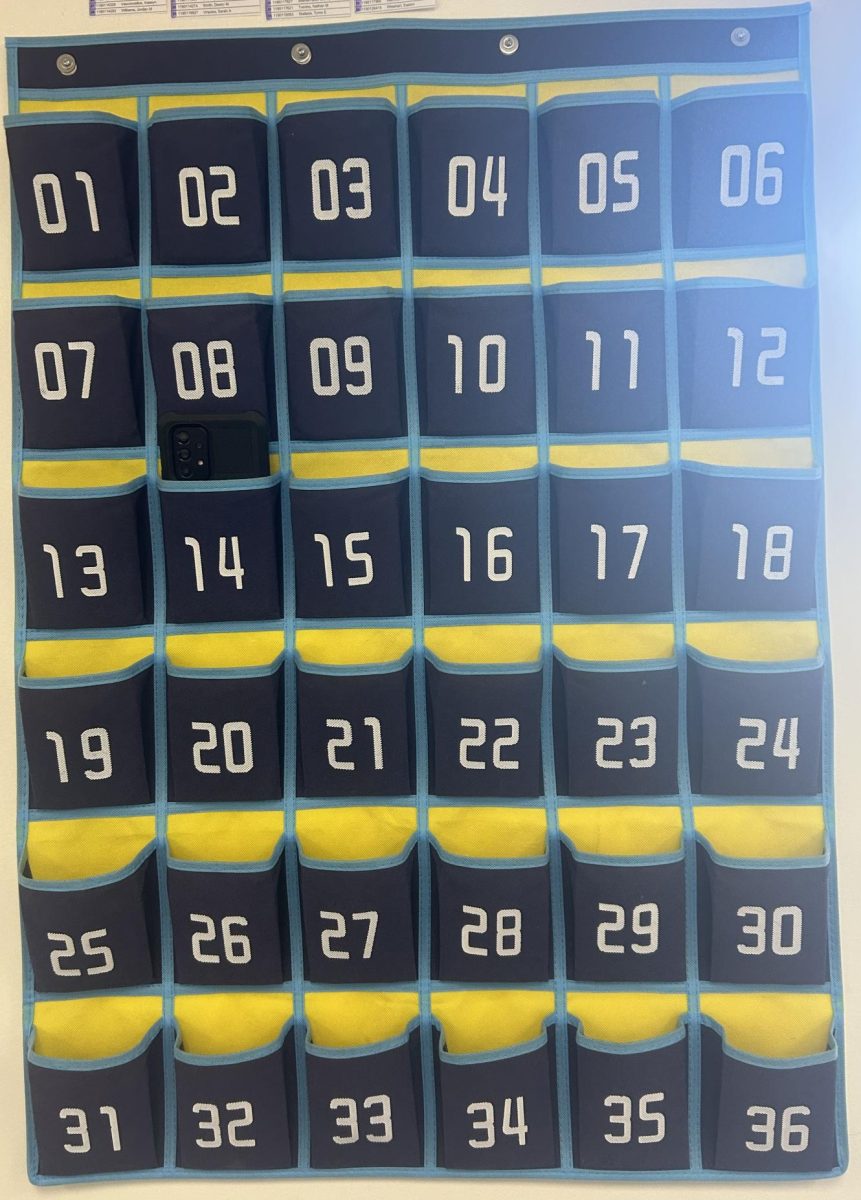LOS ALAMITOS, Calif. – Ten, nine, eight, seven, six… The countdown starts as Polaris Dawn, the first privately funded spacecraft led by billionaire Jared Isaacman, prepares for take off. The spacecraft also contains retired Lt. Col. Scott Poteet and two SpaceX engineers Sarah Gillis and Anna Menon. Five, four, three, two, one! Polaris Dawn launched on Sept. 10 at 5:24 a.m. ET from John F. Kennedy Space Center in Florida, according to NBC News.
Though Poteet, Gillis and Menon went through extensive training for the flight, only Isaacman had previously been trained as an astronaut. Los Alamitos High School chemistry and physics teacher Mr. Jones remarked on how he would respond if he were given the opportunity to go to space as a civilian.
“I would give it serious thought. Probably would wait till they have more experience, though,” Mr. Jones said.
Each member of the spacecraft crew paid about $55 million for their trip to reach about 870 miles above Earth, according to Sky News. This trip would be the farthest humans have ever been in space since the 1972 Apollo mission to the moon.
On Sept. 12, two of the astronauts conducted the first-ever civilian spacewalk, stepping out of the capsule and testing the mobility of the spacesuit. While only two physically left the space capsule, all four astronauts had been exposed to the vacuum of space and all oxygen had to be released from the space vessel. According to PhyscOrg, this would be the most amount of humans ever exposed to the emptiness of space.
The crew aboard the Polaris Dawn spacecraft has spent 2.5 years training at SpaceX in order to prepare themselves for the flight, according to Reuters.
Though an added benefit of the mission was leading the first all-civilian spacewalk, the main purpose was to test new affordable, yet safe, spacesuits along with new technology to help get closer to the goal of sending humans to the moon again and, someday, Mars. Along with this, the space crew was the first to test Starlink laser communications, a satallite system that uses radio signals giving internet to almost 100% of our Earth.
“Today’s success represents a giant leap forward for the commercial space industry and NASA’s long-term goal to build a vibrant U.S. space economy,” Bill Nelson, NASA administrator, said according to X.
Project Polaris Dawn is set to take at least three different missions that could happen within the next year to over 15 years from now. Each mission will advance in both difficulty and goals to further space travel technology. By the last mission, Isaacman hopes to utilize the largest rocket ever made, the Starship vehicle.
To the public eye, SpaceX has made the mission look like it was performed perfectly, but, closer inspection reveals a few hiccups. Unfortunately, the launch of Polaris Dawn was delayed a few times due to weather conditions and a helium leak. Luckily, the SpaceX team has taken many precautions such as calculating arrival and departure weather and water conditions making this mission as safe as possible for the crew.
“It is so difficult to get something in space and then also difficult to keep us alive. I can’t imagine space travel will ever be normalized and affordable. It’s a bummer because that would be a hoot if anyone could get that experience,” Mr. Jones said.
After five days orbiting our Earth, Polaris Dawn will safely return home into an ocean landing zone off the coast of Florida. Once the crew is back, they will have performed about 40 different tasks that will help improve technologies and safety, reports CNN.
The Polaris Program has received much data that will guide the space field in new directions. SpaceX’s first-ever all-civilian travel to space is a huge milestone that will forever change how humans interact with the cosmos.
















Brooklynn De Shazer • Oct 7, 2024 at 7:30 pm
Liz, I love how your article makes you feel like you are watching the rocket take off! That is crazy that the first civilians went to space! I love this article!